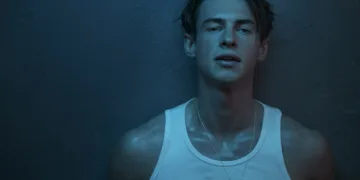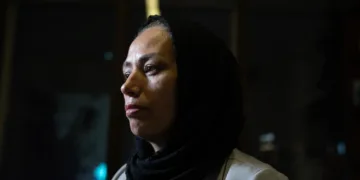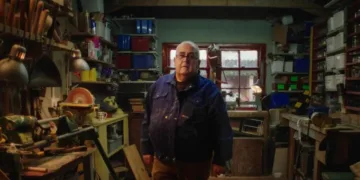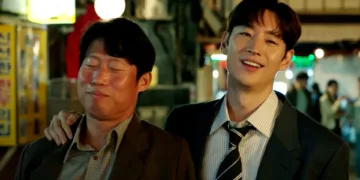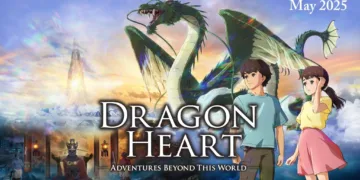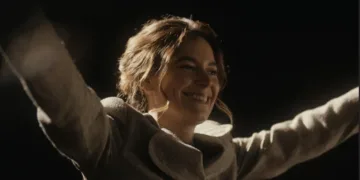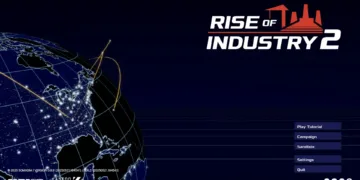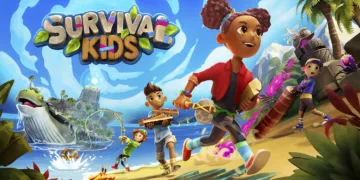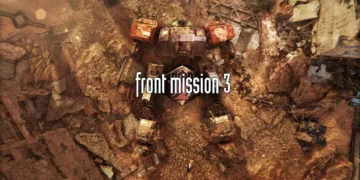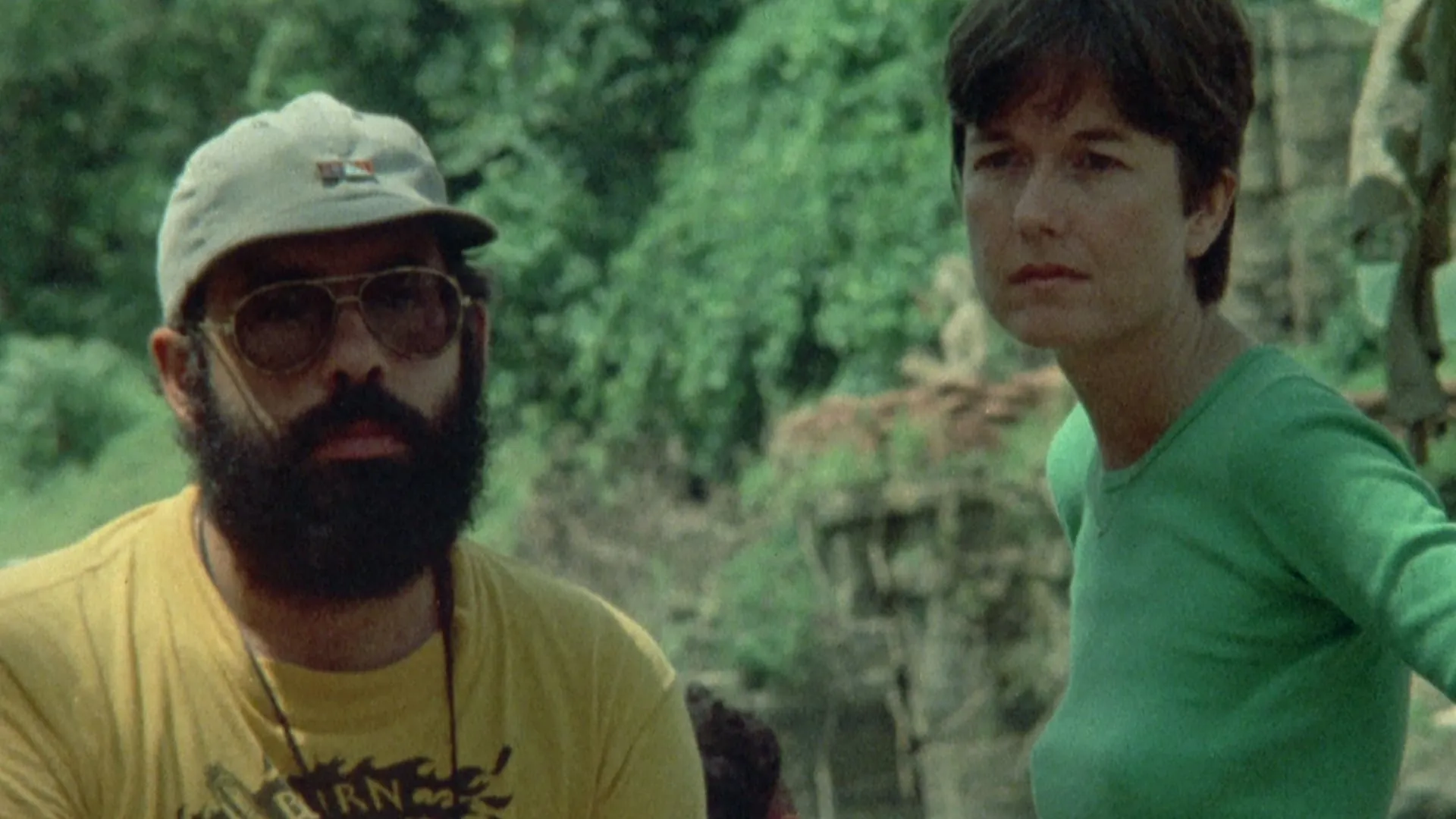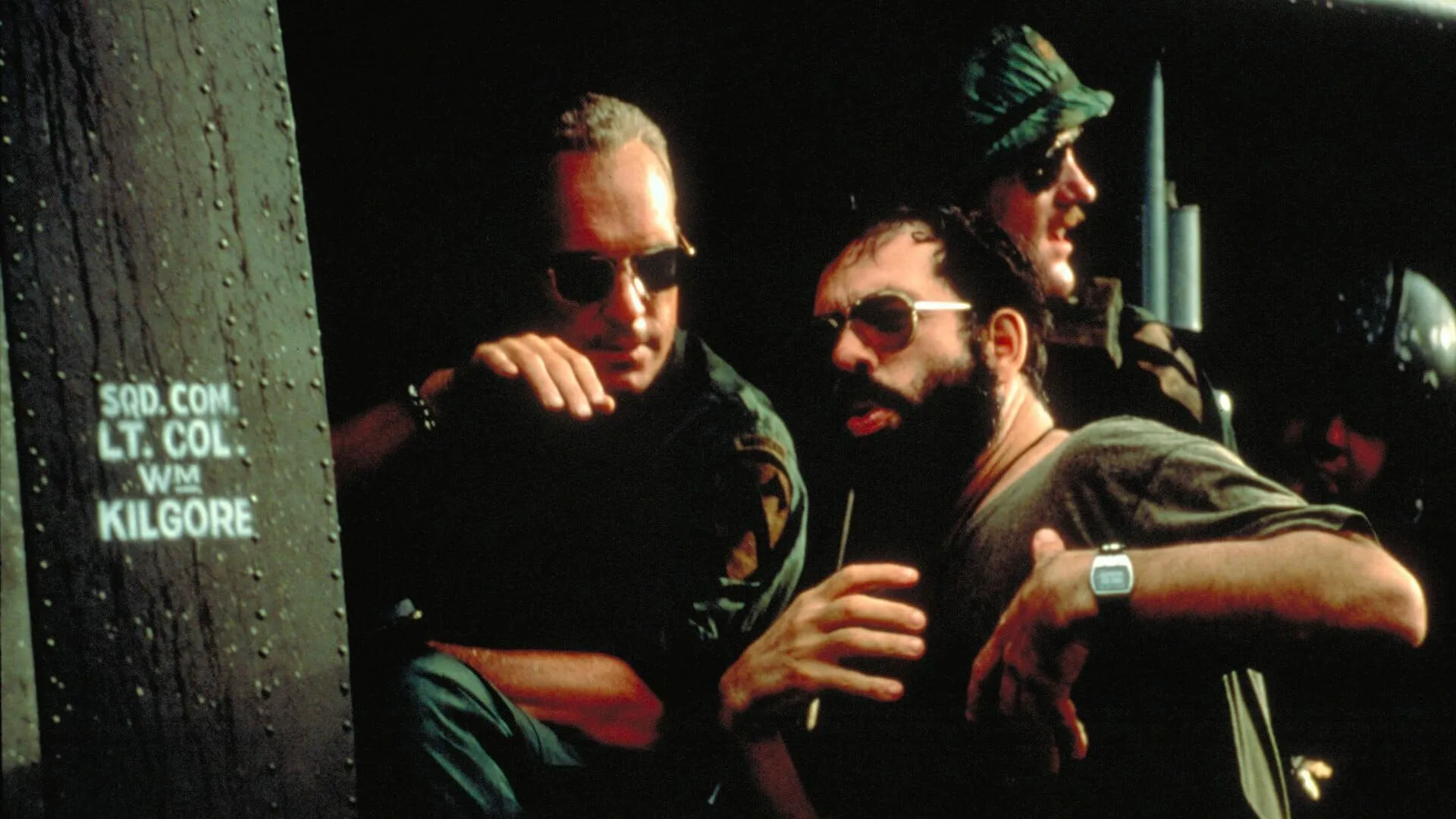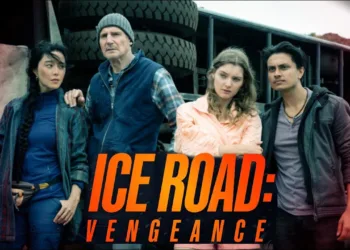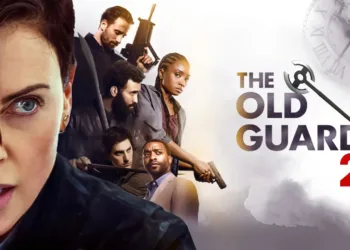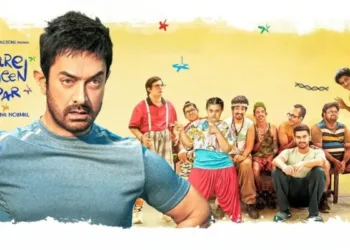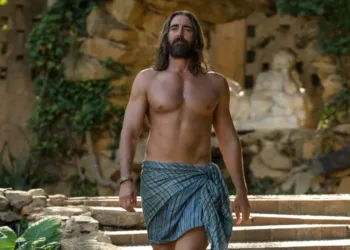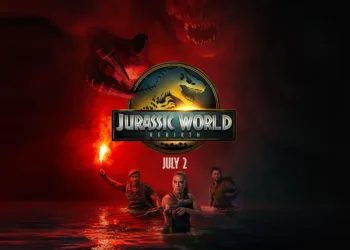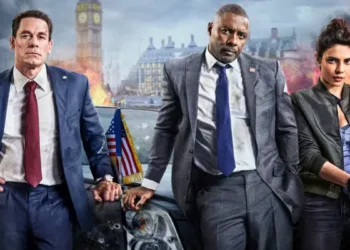Most behind-the-scenes documentaries function as extended advertisements, carefully curated to enhance a film’s mythology. Hearts of Darkness: A Filmmaker’s Apocalypse is something else entirely. It stands as a harrowing chronicle of a film production actively imploding, a psychological thriller where the monster is artistic ambition itself.
The film documents the notoriously difficult creation of Francis Ford Coppola’s Apocalypse Now, a production that descended into a state of chaos so profound it began to eerily reflect its subject matter. Coppola’s famous declaration at Cannes, “My film is not about Vietnam.
It is Vietnam,” was less a boast than a weary confession. Built from an archive of shockingly candid 16mm footage shot by the director’s wife, Eleanor Coppola, the documentary offers an unfiltered look at a creative process pushed past the brink of disaster. It is a story not of how a movie was made, but how it was very nearly unmade by hubris, nature, and fate.
Portrait of the General on the Verge of Collapse
At the center of this maelstrom is Francis Ford Coppola, who serves as the documentary’s unwilling protagonist. Fresh from the monumental success of The Godfather films, he wagers his fortune and his sanity on a project many studios deemed untouchable, pouring millions of his own dollars into the production.
The film’s most arresting material comes from Eleanor Coppola’s secret audio recordings of her husband in his most private moments of despair. We hear a man pushed to his limits, confessing his belief that he is making a failure of a film and admitting to thoughts of suicide. The narrative structure of Hearts of Darkness deliberately positions Coppola on a path parallel to that of his own creation, Colonel Kurtz.
Like the rogue officer in his film, Coppola goes upriver into a literal and metaphorical jungle, becoming isolated and consumed by his singular, obsessive vision. The camera captures his stark physical transformation—the weight loss, the frayed nerves—as he attempts to command a production that has spun completely out of his control, a general losing a war on all fronts.
Every Possible Thing Goes Wrong
The director’s internal struggle was amplified by a production beset by a relentless series of external calamities. The documentary methodically lays out a sequence of disasters that defy belief. The cast alone provided enough drama for a separate film.
The initial star, Harvey Keitel, was fired early on. His replacement, Martin Sheen, suffered a near-fatal heart attack, an event Coppola desperately tried to conceal from the studio. Marlon Brando, paid a million dollars a week, arrived on set physically unfit for the role and having not read Joseph Conrad’s source novel, forcing panicked, last-minute rewrites.
Meanwhile, Dennis Hopper’s performance was fueled by a palpable, drug-induced mania. Beyond the human element, the production was at the mercy of forces it could not manage. A typhoon ripped through the Philippines, destroying entire sets and causing a massive shutdown.
The helicopters, on loan from the Philippine army, would frequently be recalled mid-shot to engage in actual combat with rebels nearby. These compounding crises shredded the script and schedule, turning a planned sixteen-week shoot into a 238-day ordeal and forcing a reliance on raw improvisation to simply get something on film.
How to Film a Breakdown
The documentary’s lasting power is rooted in its construction. Filmmakers Fax Bahr and George Hickenlooper assemble Eleanor Coppola’s raw footage not as a simple chronology but as a thematic argument.
The intimate, unvarnished quality of her work, particularly the secret audio tapes, provides a startling look at creative vulnerability. This material is then expertly cross-cut with finished scenes from Apocalypse Now, creating a direct link between the chaos of the production and the madness depicted on screen.
Seeing the crew frantically throwing arrows at the camera to simulate a tribal attack, for instance, peels back the cinematic artifice to reveal the desperate mechanics underneath. This archival core is framed by retrospective interviews with the principal figures—Coppola, Sheen, writer John Milius, and others.
Their sober reflections, captured years later, provide a crucial layer of self-awareness, allowing them to make sense of an experience that nearly broke them. The result is a film that documents the birth of a masterpiece while simultaneously examining the fine line between artistic vision and utter self-destruction.
Hearts of Darkness: A Filmmaker’s Apocalypse Originally released in 1991, the documentary is now being re-released (starting 4 July 2025) in UK and Irish cinemas, accompanied by UHD/Blu-ray release on 28 July.
Full Credits
Director: Fax Bahr, George Hickenlooper, Eleanor Coppola
Writers: Fax Bahr, George Hickenlooper
Producers and Executive Producers: George Zaloom, Les Mayfield, Doug Claybourne, Fred Roos, Francis Ford Coppola (exec)
Cast: Eleanor Coppola, Francis Ford Coppola, Robert Duvall, Dennis Hopper, George Lucas, John Milius, Sam Bottoms, Marlon Brando, Colleen Camp
Director of Photography (Cinematographers): Igor Meglič, Steven Wacks, Shana Hagan
Editors: Michael Greer, Jay Miracle
Composer: Todd Boekelheide
The Review
Hearts of Darkness: A Filmmaker's Apocalypse
Hearts of Darkness is less a documentary and more a real-life psychological thriller. It masterfully structures the chaotic, near-calamitous production of Apocalypse Now into a compelling narrative of artistic obsession. By presenting Francis Ford Coppola’s harrowing journey as a parallel to his own film's descent into madness, it becomes an essential text on the thin, terrifying line between creative genius and self-destruction. It is a singular, unforgettable look at how a masterpiece was forged in fire, chaos, and doubt.
PROS
- Unprecedented access to raw, unfiltered production footage.
- A gripping central narrative focused on the director's personal and professional crisis.
- Intelligent editing that connects the on-set chaos to the finished film.
- Remarkably candid interviews and secret audio recordings.
CONS
- Its deep focus may be most appreciated by those already familiar with Apocalypse Now.
- The relentless tension and portrayal of mental strain can be an intense viewing experience.













